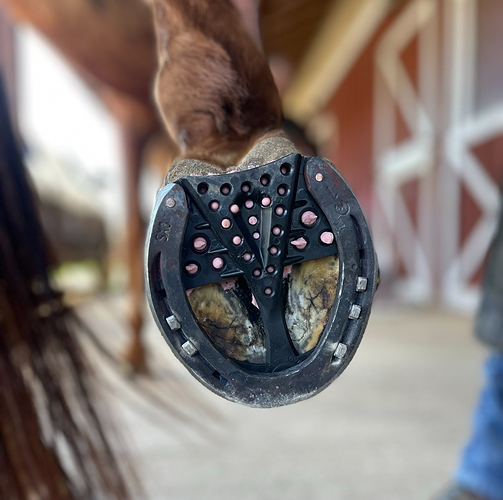Okay this is kind of a long one but a good/informational one…
My horse had a history of being uncomfortable in the hind end. We tried roughly 92873498 things, including injecting almost every joint he has with mixed results. It was seasonal, he was much worse in the winter and fine in the summer. We ended up xraying his hinds, and he was NPA behind. We put steel with 3deg rim wedge pads on him, and he was a lot more comfortable by the next day. I thought we found “the thing” and were in the clear, and for a while we were.
What I didn’t know was the wedge rim pad, while it did fix his angles, was also sending him into caudal failure over time. Peripheral loading of the hinds, lots of heel pressure, internal/central structures were basically “collapsing” (sinking down), and a few years into this, he started having a LOT of all-over discomfort. We did lower extremity joints, entire spine, retested for Lyme, and many $$$$ later we still had no answers. He was more miserable than before, like trotting over poles in February would mentally blow him up.
In my endless quest to find “the thing” I came across a farrier FB page that posted a lot of information about frog support and caudal failure. He was a big proponent of the 3D mesh frog support pads for horses in caudal failure/NPA (pads are by Derek Poupard in the UK). I sent the info to my farrier, not fully sold on the idea, just to get his thoughts. He said sure we could try them.
When I tell you in 24 hours I had a new horse, I am not kidding. He wasn’t guarding his hind end anymore, he wasn’t mysteriously sore all over in the hind, he could W/T/C/jump like a civilized boy. He’s always been kind of a worrisome anxious boy, and that all completely left him within the first day. Anxiety about turnout time? Gone. We finally found “the thing” that had been plaguing him for all those years. It took a long time and a metric ton of $$, but we finally found it. That’s why I’m sharing this info now so hopefully others don’t make the same mistakes I did. Wedges fix angles, but they can cause other problems that will send your horse into a seemingly unmanageable pain spiral.
This is what they look like. This is the 3D half mesh with 3deg wedge and DIM. It provides the wedge (angle correction) he needs while also providing frog support to take the load off the outer rim of his feet/his heels, and the central structures are being stimulated/supported so they aren’t sinking/collapsing.
So TL;DR, if I was looking to correct NPA, I’d go for these pads. They’ll help fix angles while also supporting the rest of the foot, and you’ll avoid caudal failure. They’re not expensive–they’re about $30/pair including shipping. Compared to what I was spending trying to find “the thing” $30 is nothing.
I hope this helps!

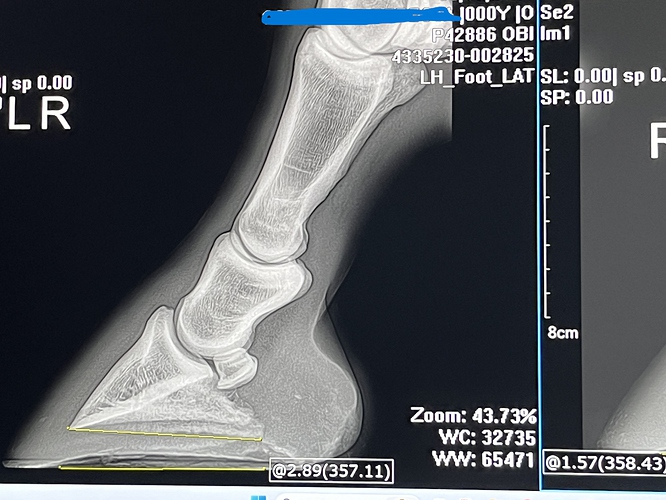
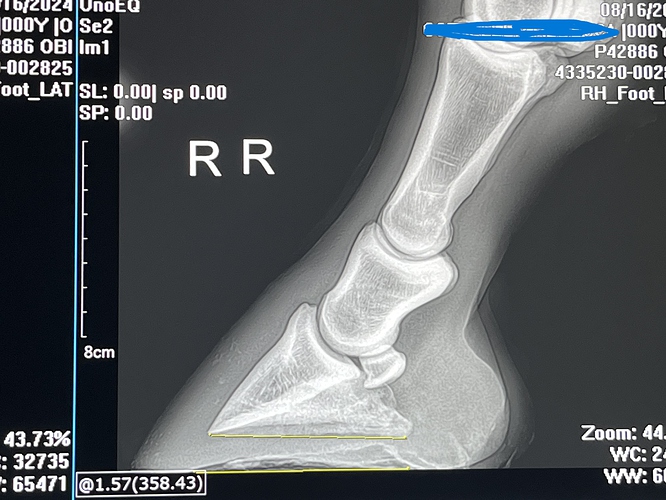
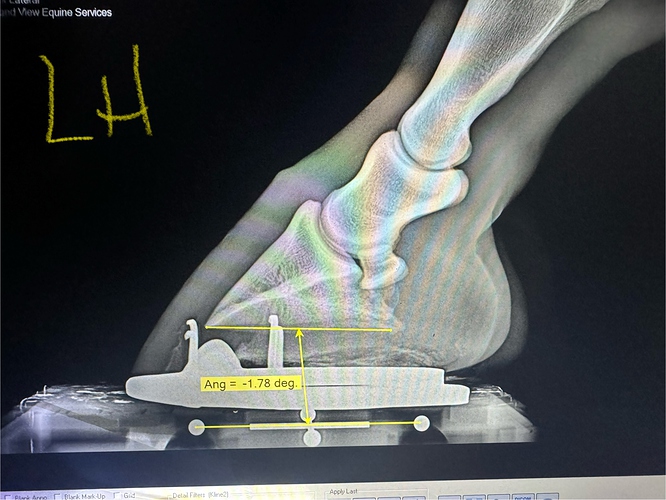


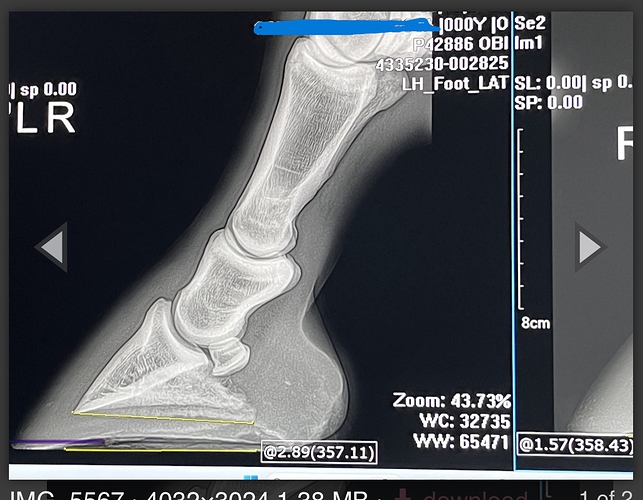
 I called my coach last night all frustrated and unsure of what to do with the horse for the next 10 days since vet wants horse working, but working him with bad angles also seems like a bad idea. While talking to her, I realized the change in the last year is probably because she used to be the one standing with my horse while he got his feet done. Now it’s me (who was previously not very engaged with farrier) or another boarder. Lesson learned.
I called my coach last night all frustrated and unsure of what to do with the horse for the next 10 days since vet wants horse working, but working him with bad angles also seems like a bad idea. While talking to her, I realized the change in the last year is probably because she used to be the one standing with my horse while he got his feet done. Now it’s me (who was previously not very engaged with farrier) or another boarder. Lesson learned.
